Photo 1:
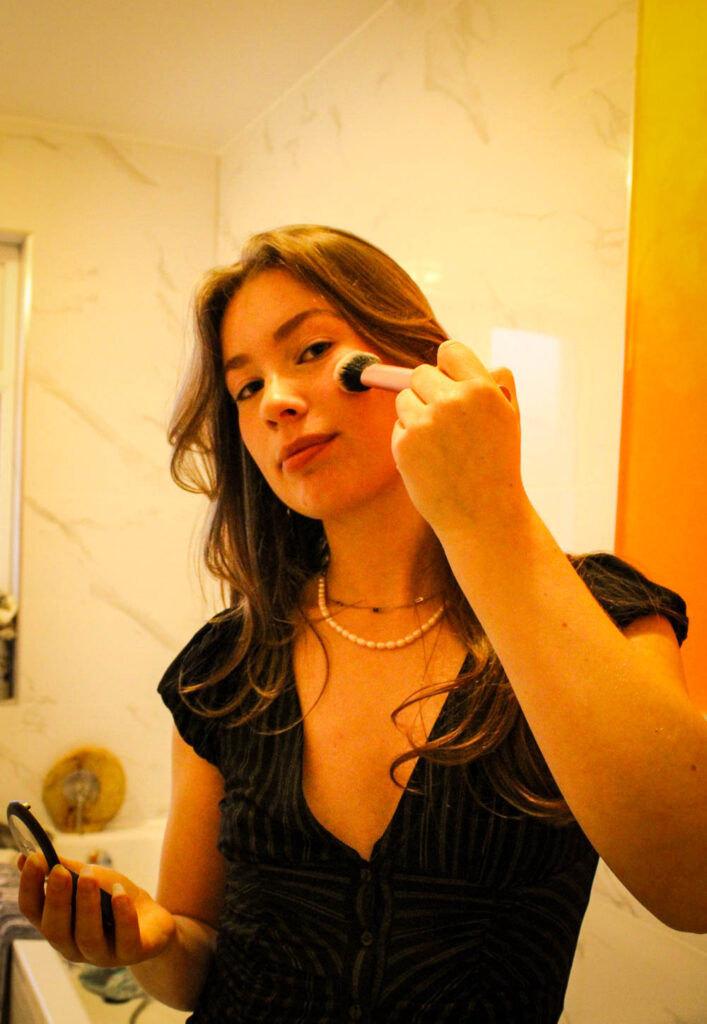

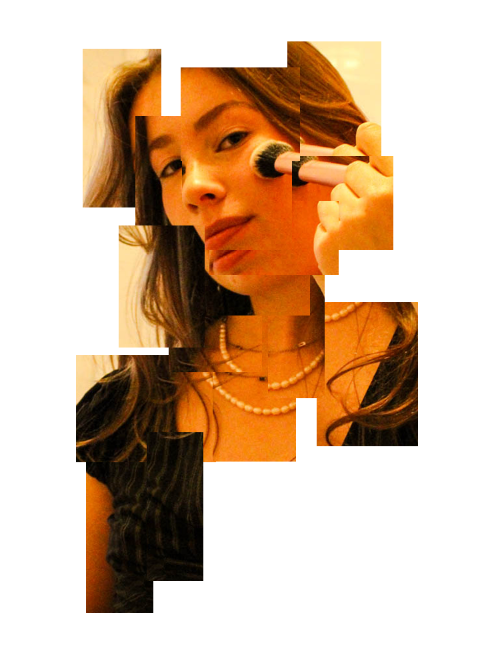
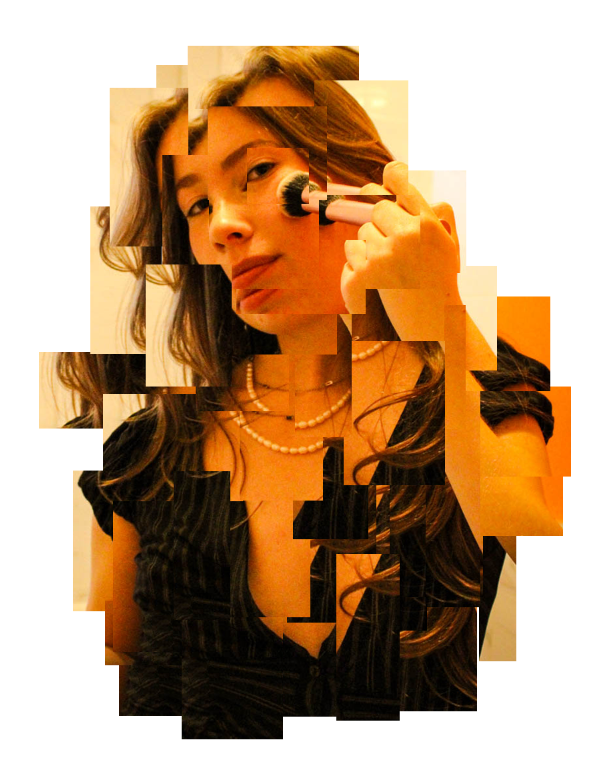
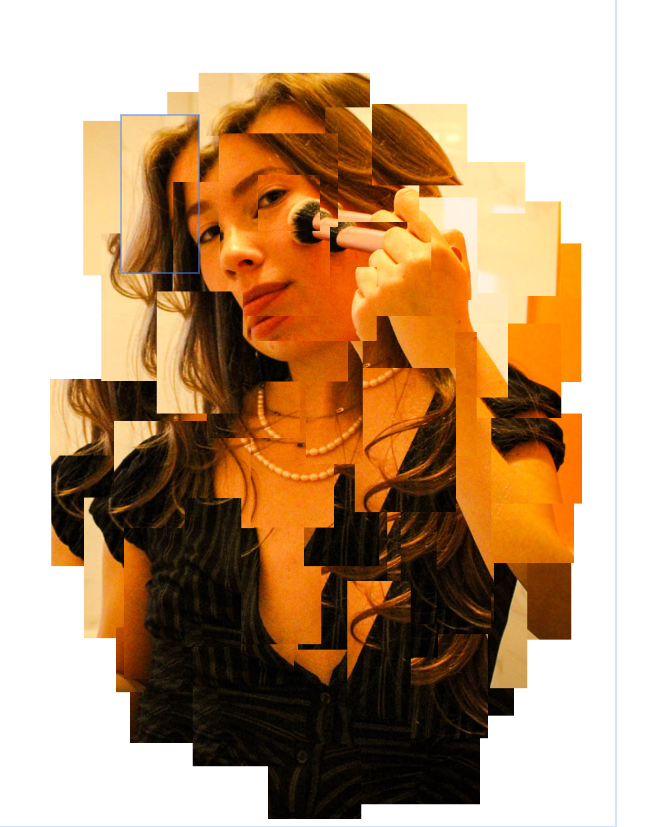
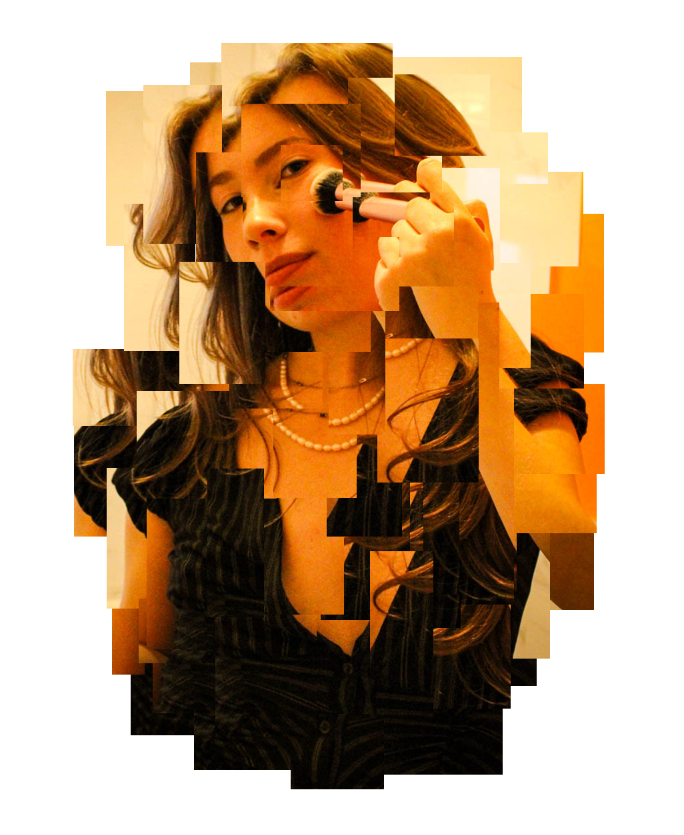

Here I created multiple layers, which created lots of sections which I could then piece back together, and overlap which created thus fragmented, broken up image.
For this joiner I liked the process of building up the layers, on top of one another, and repeating certain areas of the portrait as this effect builds you up and leads your focus into the centre of the portrait, were certain details and elevated more as they are a repeated detail or they are broken away, resulting in this fragmented look.

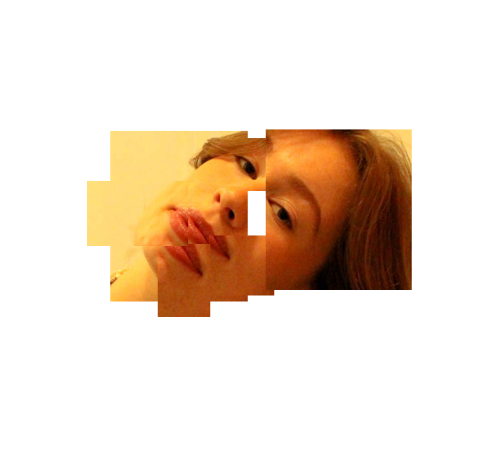
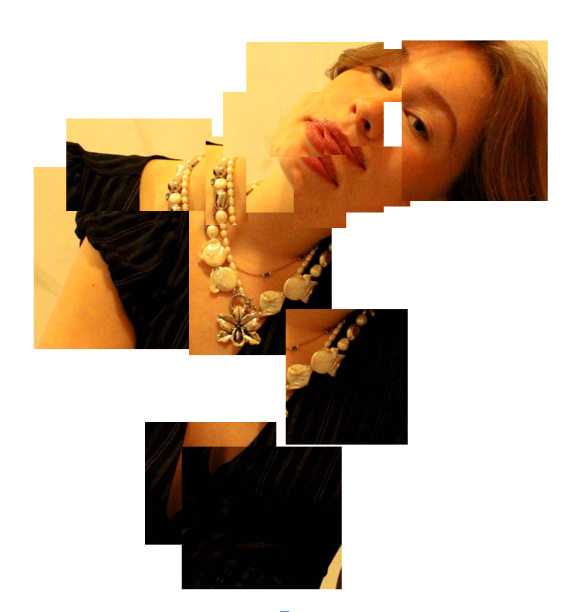

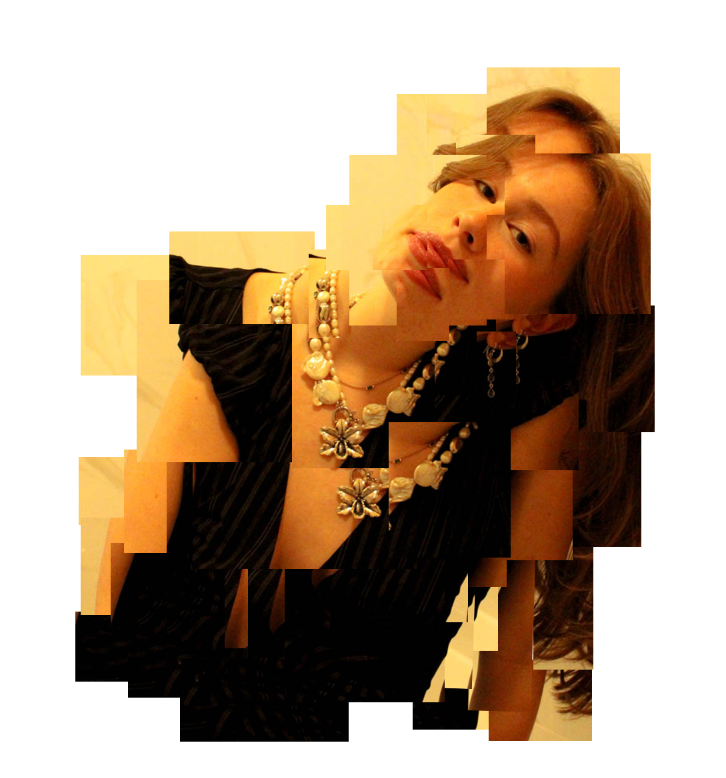
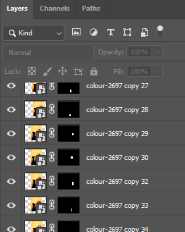
For this photo I did the same, by creating lots of layers then fitting back together.
Overall the photogrpah achieved an interesting effect, and leaded your eye into the the centre as the fragmented pieces alters the way you look into it. I like this idea of repeating aspects of the photo then layering this on top of one another which highlights certain details which you wouldn’t notice straight away. This mis-leads your eye and creates movement as it alters your focus as it isn’t obviously clear what the focal point is.
Inspired by Ernst Ludwig Kirchner, I wanted to experiment with other ways that I could re-join/ re-connect the photo back together, that still showed the disjointed and fragmented look, so for this photograph I took inspiration from Kirchner’s loose painting style and expressed this within my own style.
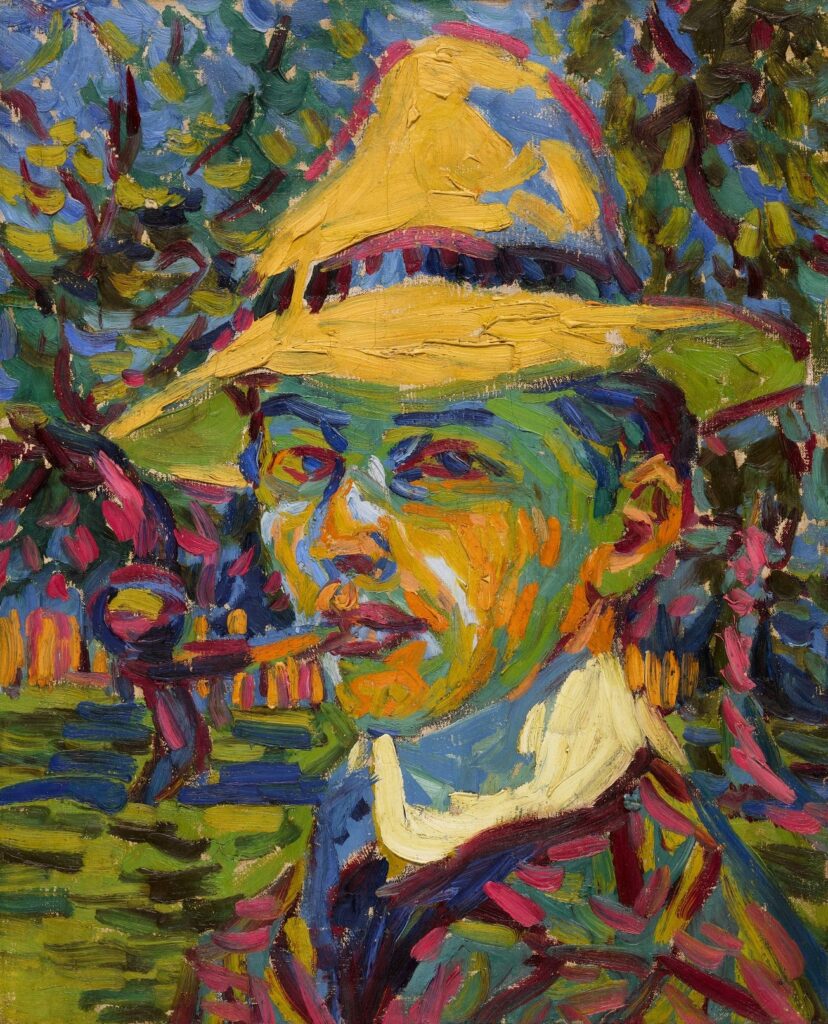
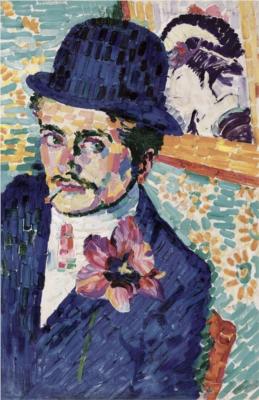

I used the same process as I used for the joiners and created individual layers and pieced them together to form a mosaic pattern, leaving a small gap between each piece. This became interesting as each shape was different in size which resulted in this interesting composition and dynamic arrangement of each piece of the image. I liked this idea of how the photo was disconnected, fragmented and broken up by each individual piece, then it was reconnected back together in a similar way. I like the uneven-ness of the image as it creates this interesting movement and figurative style as it is disconnected which describes the opposite of union ( two subjects connected together.) It is expressive because each area of the photo is broken up in a similar shape and size, but differs in the composition and layout.
